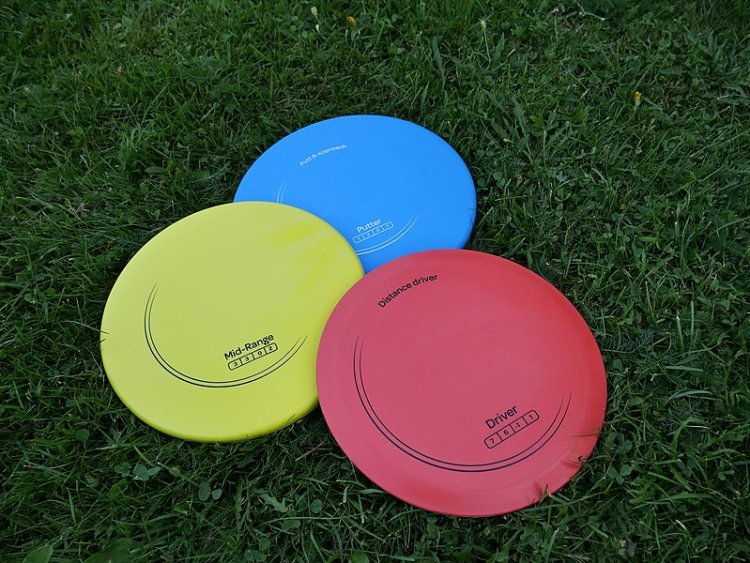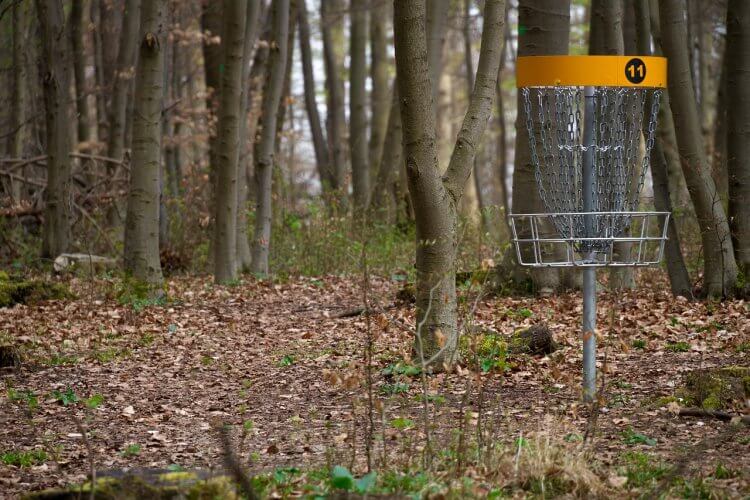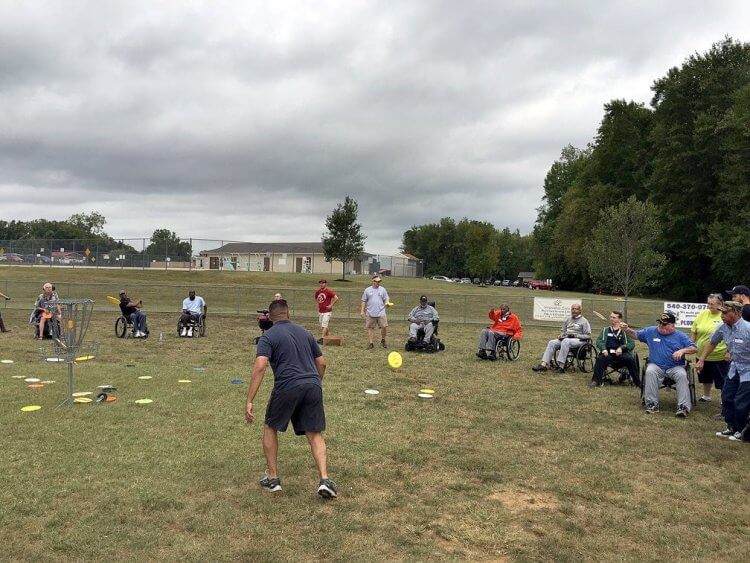I grew up a three-sport athlete, but I always had a love of outdoor recreation – especially rafting, mountain biking, and snowboarding. Unfortunately, with a limited income and the time constraints associated with being a college student, it was hard to get away for extended periods of time to do these activities.

When I first played disc golf, I was surprised to find out how inexpensive the game was. Then I was amazed at how much it was like one of my favorite games – golf. All of my favorite aspects of golf were present in disc golf, such as frustration tolerance, scoring, physical exertion, social engagement, appreciation for nature, and etiquette. As time passed, I became fully entranced by the game and decided to pursue a doctorate studying the elusive counter-culture of disc golf.

While disc golf may be a relatively unfamiliar sport to the general public, the Professional Disc Golf Association (PDGA) estimates 500,000 people play it annually, and as many as eight to twelve million people have played disc golf at some point in their lives (PDGA, 2018). Although research on disc golf is limited, public disc golf courses are perpetually full of recreation enthusiasts, leading me to wonder, “Why didn’t I hear about this game sooner?” and “Why wasn’t this taught in physical education classes?”

There are few sports where people can remain competitive well into old age, but disc golf is a sport where players, such as the 2016 Master’s World Champion, John E. McCray (48 years old), can compete and win against younger athletes (Latitude 64, 2020). Like golf, disc golf is a sport for people of nearly all physical and cognitive abilities and is considered a low-impact lifetime leisure activity (Tuten & Conkell, 1999) that is typically free to play, since over 90% of courses exist in public parks (Oldakowski & McEwen, 2013). Disc golf can be played by a single person for independent mastery or played as a competitive multiple-participant sport where players attempt to score lower (fewer strokes) than their fellow competitors.